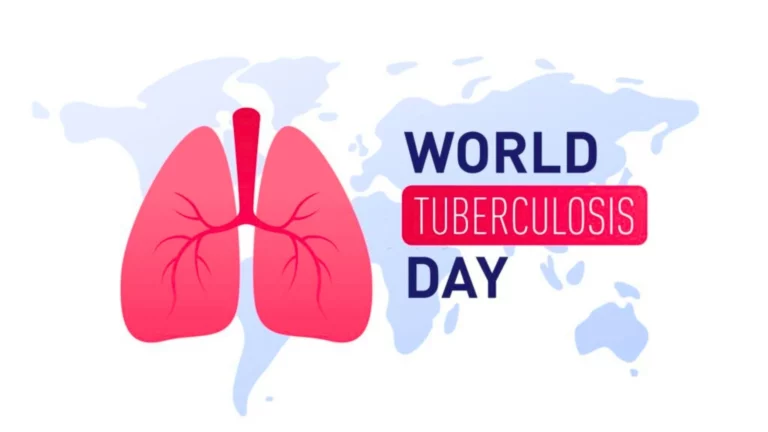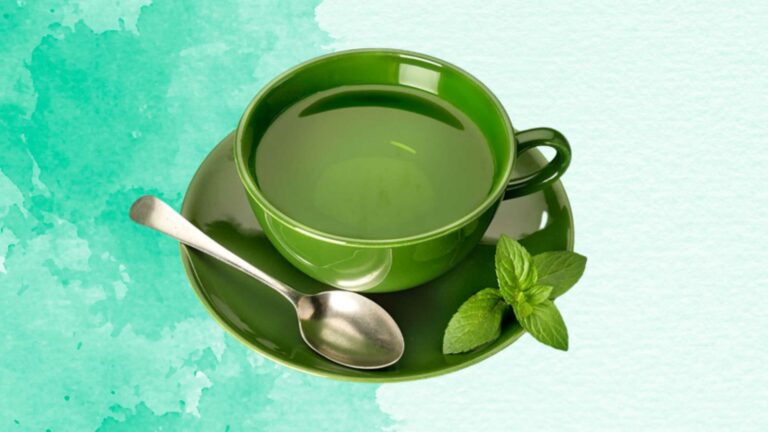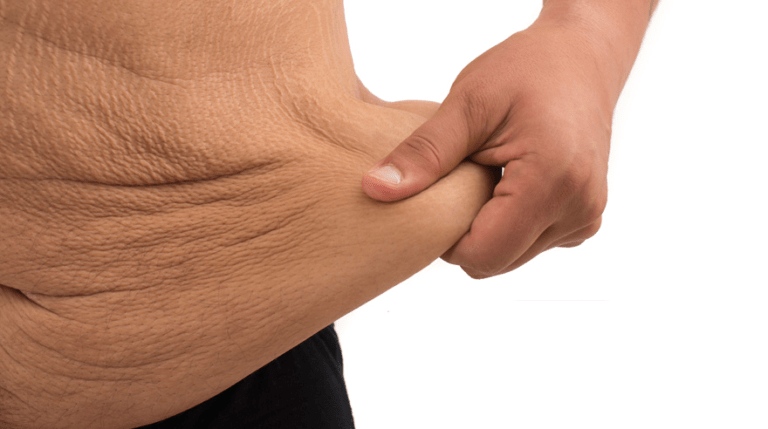Microneedling for Stretch Marks: An Effective, Non-Invasive Solution

Stretch marks are a common skin concern that affects millions of people worldwide. These unsightly, discolored lines can appear on various parts of the body, including the abdomen, hips, thighs, and breasts, often as a result of rapid weight gain or loss, pregnancy, or growth spurts. While stretch marks are not physically harmful, they can have a significant impact on an individual’s self-esteem and body confidence.
Traditionally, treating stretch marks has been a challenging endeavor, with limited options available. From topical creams and lotions to more invasive procedures like laser treatments and surgery, the results have been mixed, and the process can be time-consuming and expensive. However, in recent years, a new and innovative treatment has emerged that is quickly gaining popularity: microneedling.
Microneedling, also known as collagen induction therapy, is a minimally invasive cosmetic procedure that involves the use of fine needles to create controlled micro-injuries on the skin’s surface. These tiny punctures stimulate the body’s natural healing response, triggering the production of collagen and elastin, the two key proteins responsible for the skin’s youthful appearance and elasticity.
The science behind microneedling for stretch marks is quite simple. As the skin is damaged, the body rushes to repair the affected area, leading to an increase in the production of collagen and elastin. This, in turn, helps to improve the appearance of stretch marks by reducing their visibility and smoothing the skin’s texture.
One of the primary advantages of microneedling for stretch marks is its ability to address the root cause of the problem. Unlike topical creams and lotions that only temporarily mask the appearance of stretch marks, micro-needling works to actively improve the skin’s underlying structure, leading to more long-lasting and effective results.
Furthermore, microneedling is a non-invasive procedure that can be performed in the comfort of a dermatologist’s office or even at home with the use of at-home microneedling devices. This makes it a more accessible and affordable option compared to more invasive treatments like laser therapy or surgery.
The procedure itself is relatively straightforward. During a microneedling session, a specialized device with fine, sterile needles is gently rolled or stamped across the affected areas of the skin. The needles create micro-injuries, which trigger the body’s natural healing response. Depending on the severity of the stretch marks and the individual’s desired results, multiple sessions may be required to achieve the desired outcome.
It’s important to note that while microneedling for stretch marks is generally considered safe, it’s crucial to follow the instructions provided by a licensed dermatologist or a trained professional. Improper use of the device or poor aftercare can lead to complications, such as infection or skin irritation.
In addition to its effectiveness in treating stretch marks, microneedling has also been shown to have a range of other benefits for the skin. The procedure can improve the appearance of fine lines and wrinkles, acne scars, and even hyperpigmentation, making it a versatile treatment option for those looking to improve the overall health and appearance of their skin.
One of the key factors that contribute to the success of microneedling for stretch marks is the depth of the needles used. Deeper needle depths, typically between 1.5 to 2.5 millimeters, have been shown to be more effective in addressing the appearance of stretch marks, as they can reach the deeper layers of the skin where the collagen-producing fibroblasts reside.
It’s worth noting that the results of microneedling for stretch marks can vary from person to person, depending on factors such as the age and severity of the stretch marks, as well as the individual’s skin type and healing response. Some individuals may see noticeable improvements within a few sessions, while others may require a more extended treatment plan to achieve their desired results.
Despite the potential benefits of microneedling for stretch marks, it’s important to remember that the procedure is not a “magic bullet” and should be considered as part of a comprehensive skincare regimen. Maintaining a healthy lifestyle, incorporating proper skin care products, and protecting the skin from sun exposure can all contribute to the long-term success of the treatment.
In conclusion, microneedling has emerged as a promising and effective solution for addressing the appearance of stretch marks. By stimulating the body’s natural healing response and promoting the production of collagen and elastin, this minimally invasive procedure can help to improve the appearance of stretch marks, boost the skin’s overall health, and enhance an individual’s confidence and self-esteem. As with any cosmetic treatment, it’s essential to consult with a licensed dermatologist or skincare professional to ensure the procedure is performed safely and effectively.





